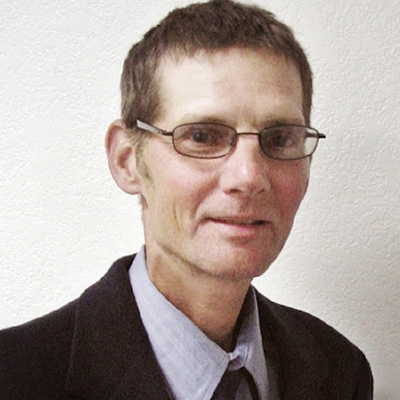The city's split personality has been noted by many over the years. This schizophrenic characteristic is reflected in its politicians, its newspapers and its homes. Whether adobe or stucco, straw bale or RV, Tucson has--and seems to want--it all.
But after expanding from Vail to the Tucson Mountains, has the city grown too large in size to adequately serve the needs of its population? Should it consider splitting in two to better represent the diverse interests the community contains?
The "smaller is better" municipal movement is starting to gain momentum nationally. In Los Angeles, residents of both Hollywood and the San Fernando Valley are talking secession. Like a burger that's gotten too big to bite, maybe it's time to cut these super-sized communities down to a more manageable proportion.
In Tucson's case, if the city, divided itself like a giant amoeba at Swan Road, we'd see several positive results. First, there would be greater representation in local government. The Southern Arizona Leadership Council wants to add two seats to the Tucson City Council. Why not take that proposal just a little further and add a whole new council instead?
The old part of town could continue to be called Tucson. The new municipality out east could either solicit public participation by having a "Name Our Community" contest, or simply call itself "Rincon City."
Not only would there no longer be a need for an expensive new City Hall in Tucson, but for the first time in decades, downtown would truly be at the center of the community. Plus, those eastsiders who whine about not getting enough attention from local government would have their own nearby politicians to complain to--or about.
Finally, the compatibility of community concept so much in vogue now would be expressed in real political boundaries. No longer would Democrats have to worry about being outvoted by all those conservatives living east of Swan. And no longer would Republicans have to work so hard and spend so much money to buy control of the Tucson City Council.
Of course there are a few disadvantages to this proposal. The cost of two governments and possible duplication of services might concern some people. Plus the new Rincon City would need its own municipal building, unless it used an existing facility, such as a storefront in Park Place.
But the advantages far outweigh the drawbacks. Many urban planners like to compare cities to living organisms. So it may be time for Tucson to split in two like those hairy, single-cell creatures that divide when they get too big.
Surprisingly, a survey of local great thinkers showed little support for the idea. Instead, they offered their own solutions for solving the problem of Tucson's geographic enormity.
UA political science professor Peter Goudinoff prefers an alternative which would have the city disincorporate and live off the Pima County government. When this idea was voted on previously, it failed miserably at the polls. But that was back in 1876, so things may have changed a little since then.
Goudinoff suggests an initiative campaign to require that county supervisor district boundaries be drawn by an independent committee. He believes this would give city residents three supervisor seats. The county, he says, would then focus more on city concerns.
The former state lawmaker dreams about what would happen if Tucson closed all city streets at River Road and made foothills residents use a state highway, like Oracle Road. That strategy could lead to a double-deck crosstown freeway being built along Skyline and Sunrise.
Local history advocate Sharon Chadwick has different ideas for improving the community. Bemoaning the lack of awareness of local history, especially among new eastside residents, she thinks drastic steps need to be taken. Rather than splitting Tucson in two, she'd like to see tollbooths installed along all major east-west streets. People would then either pay their toll or take a local history class.
Jim Sell, who works for the Bureau of Applied Research in Anthropology at the UA, has thought about local government for a long time. He thinks Tucson is already split between the city and what he calls the doughnut-shaped income ring around it, creating a community which is financially hollow in the middle with all the sugar on the outside.
"Very few people really care about Tucson as a community," says Sell. "Very many people care about themselves first. Tucsonans for the most part have learned not to be part of a community that does nothing for them."
While not supporting the division of Tucson, Sell does back the long-held fantasy that brings everyone in the metropolitan area under one government. Along with that system, he also favors smaller enclaves. "We need one single government within the entire basin but we need more localized decision-making power," he says.
While that idea has been kicked around for decades, the proposal to cut Tucson in two is relatively new. The idea might gain momentum as more and more people look to the future and don't like what they see coming. Who knows? By this time a few years from now, Rincon City might be more than a fanciful notion.











